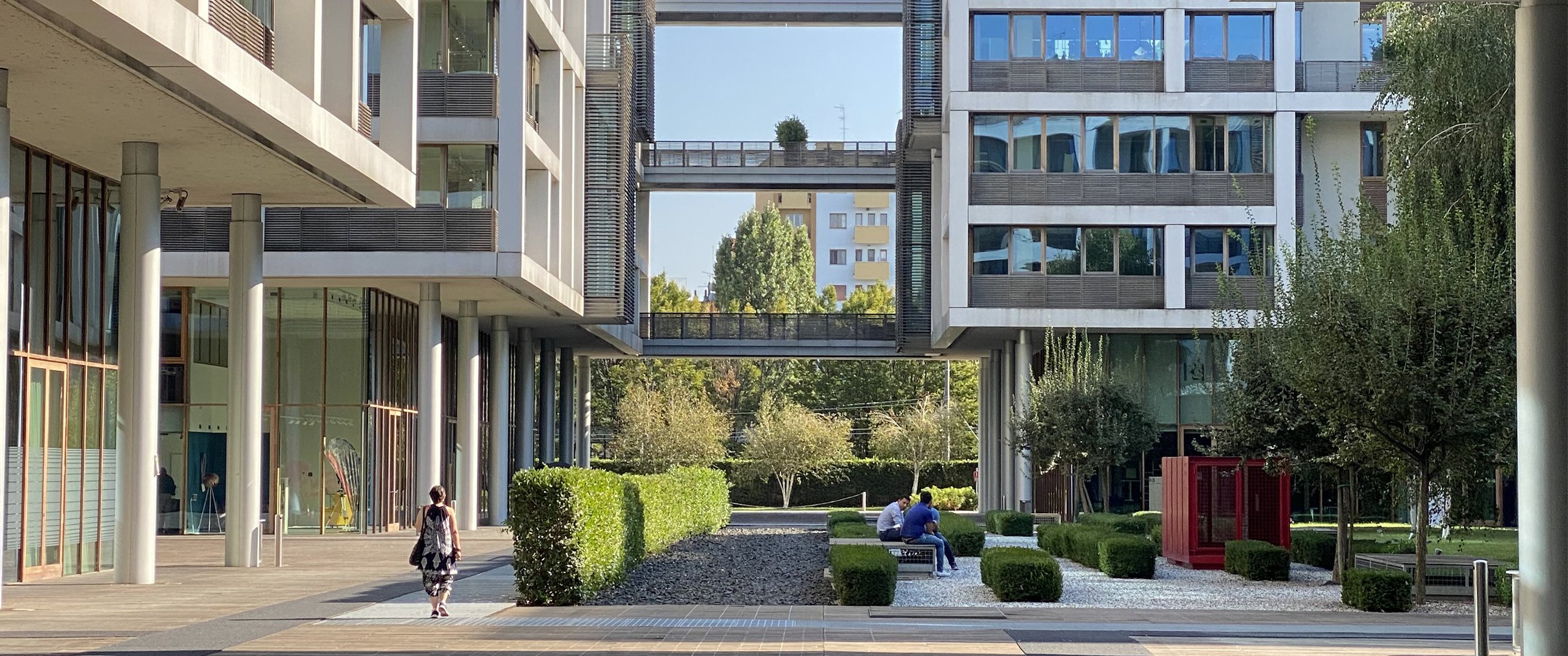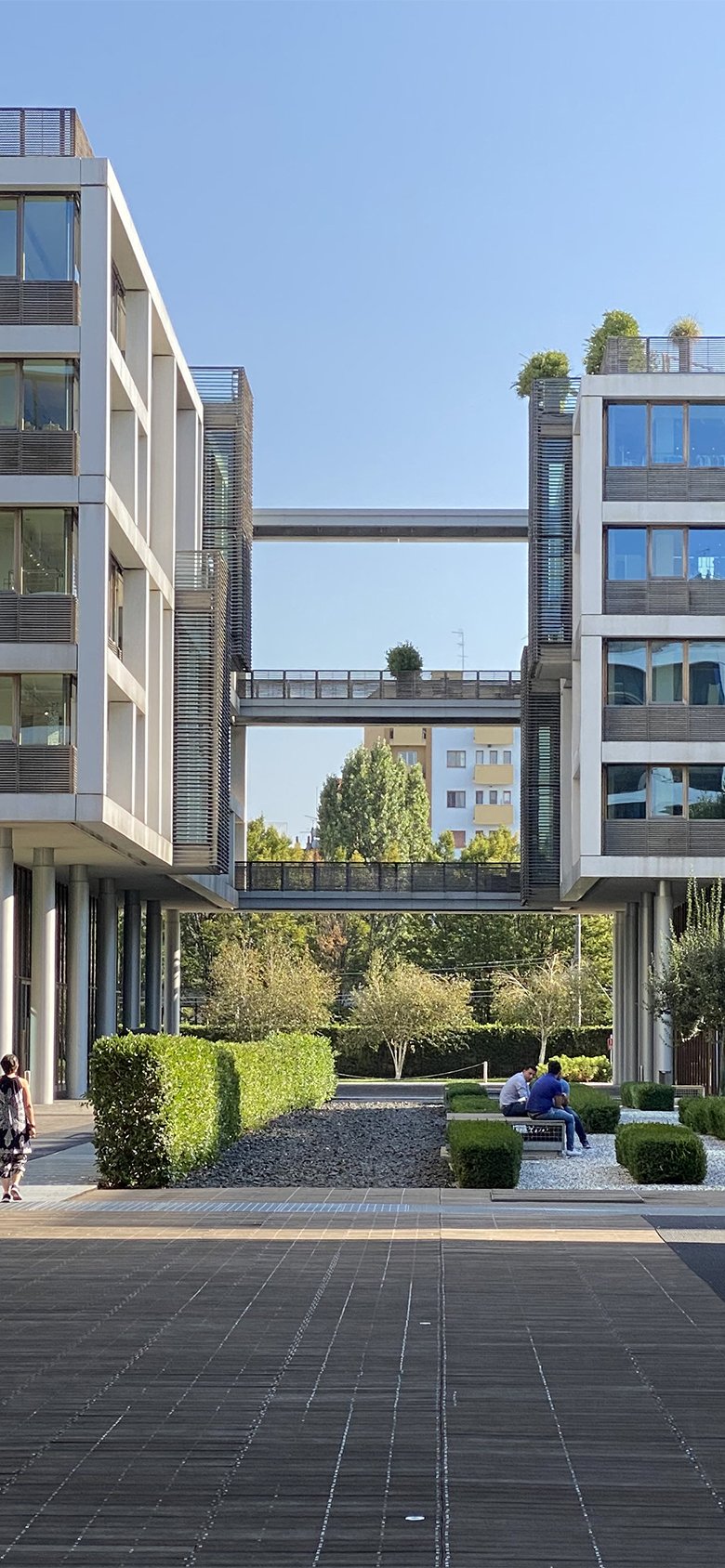



Transforming passageways into symbols of identity experienced by the community is the primary goal that every architect should have when designing a public space.
From community hubs to squares, cultural centers to parks and theaters, to the redevelopment of disused buildings, the debate on public spaces is relevant because they can revitalize and enhance community life.
Sometimes a project arises from the needs expressed by citizens, but often it is the presence of a new space with new potentials that sparks interest and participation, previously subdued or hidden.
But let's get to the point: how do you regenerate or requalify a space?
Observe, listen, network.
First and foremost, it's crucial to start with observing and understand how citizens actually use (or don't use) a certain place. This helps identify shortcomings as well as functionalities to maintain or implement.
When approaching such projects, it's crucial to consider the territory itself and, more specifically, the community.
The community should not only be a feedback of a project but also the main reference during its conception, as often citizens already know their needs and seek ways to meet them.
Community Architecture: Public Space and Social Responsibility
Community architecture goes beyond simply constructing buildings. It represents a design approach that places people and their social interactions at the center. The architect's role in this context becomes crucial in creating spaces that not only meet functional needs but also promote community well-being and cohesion.
The Importance of Public Space
Public spaces are essential for urban regeneration and revitalization, combining design and programmatic dynamics with social, economic, and cultural practices. These spaces serve as nodes of the city's social life, meeting places, and venues for collective activities that cannot be rigidly predefined.Social interaction in public spaces is continuous and unpredictable, driven by residents' perceptions and uses. If a public space is not lived and transformed by people, it remains inert and lifeless.
Well-designed public spaces offer free and equal access to everyone and are subject to events that influence their animation. They reflect each city's unique rhythm and host a variety of events that contribute to urban dynamics and potential disorder.
When architects design a community space, they must consider various aspects, including accessibility, safety, versatility of use, and aesthetics. A good public space is welcoming and inclusive, capable of hosting a variety of activities and different groups of people.
The presence of well-designed public spaces can have positive effects on multiple aspects of community life. Studies have shown that such spaces can improve residents' mental and physical health, reduce crime, and strengthen social bonds. An emblematic example is the redevelopment of degraded urban areas through the creation of parks and community gardens, transforming abandoned zones into vibrant centers of social activity.
The Architect's Responsibility
Architects have a significant responsibility to design spaces that are not only functional and aesthetically pleasing but also meet the social and emotional needs of those who will use them. Designing a shared area requires a deep understanding of social dynamics and sensitivity to community needs. This involves a process of listening to and engaging residents to ensure their voices are represented in the final project.
A responsible architect must consider the long-term impact of their work on the environment and society. Sustainability, both environmental and social, is a fundamental principle. The use of ecological materials, the creation of green spaces, and attention to energy conservation are crucial aspects that contribute to improving quality of life and preserving resources for future generations.
Community architecture, therefore, represents an integrated approach to urban design, where public space plays a central role in promoting social life and collective well-being. The architect's task is to create spaces that reflect the values and needs of the community, fostering an inclusive and sustainable environment. In this way, architecture not only constructs buildings but also contributes to building stronger and more resilient communities.
The Charter of Public Space
The Biennale Public Space has drafted the "Charter of Public Space," which defines these places as essential for individual and social well-being, as they promote conviviality and cultural diversity. This document starts from the idea that a public space is, first and foremost, a common good, and therefore it is important to protect and enhance it.
For all those who believe in a city and its ability to welcome, solidarity, participation, and sharing, the Charter of Public Space aims to be a starting point for reflecting on the uniqueness of each place and its potential.
An example is the project we carried out for the new Town Hall Square in Capannori, which has transformed the appearance and use of this area. The large space in front of the municipal seat was designed to offer maximum flexibility and allow for activities and events related to music, art, food, etc., without neglecting the design of green areas that provide a natural screen for resting points. The square has become a meeting point and vital centre, demonstrating how public architecture finds its true meaning and gains value through community use.
In this regard, the final point of the Charter of Public Space reminds us of one thing: commitment. Designing a space is not enough, nor is planning and realizing it; instead, we must promise to promote and defend public space over time as a fundamental resource for community life.
Places of Possible Futures: Community Hubs
Today, this debate focuses a lot on an innovative type of space: community hubs.
These are hybrid and dynamic places, difficult to fit in a unique definition, but capable of generating collective outcomes that increase cultural dynamism, social cohesion, inclusion, and relationship density.
However, there are two defining elements:
1) They serve the community, revitalized properties offering and co-producing integrated services. These services range from social and cultural spheres to leisure, from promoting work to environmental awareness, from citizen participation to education.
2) They are plural spaces, where this diversity is reflected both in the variety of activities offered and in the heterogeneity of the actors involved. Community hubs enable actors, support paths of resilience, and animate the territory in which they are located, making local development a community growth process based on plurality, co-production, circulation, and redistribution of perceived value at multiple levels.
In other words, community hubs can be defined as "places of possible futures" because alongside the design project, they incorporate flexibility and openness to different plausible scenarios, making these initiatives capable of adapting to changes and emerging needs.
Considering public space as a common good, it is important to remember that it belongs to all members of the community, and everyone must recognize the importance of protecting and enhancing it.
Community hubs, as revitalized public spaces serving the community, represent a concrete implementation of these principles: they celebrate the city as a place of welcome, solidarity, and democracy, promoting conviviality and cultural diversity.
Whether regeneration or redevelopment initiatives, one thing is certain: the creation of a civic space is an ongoing process.
A project can be realized and completed, but for a collectively used area to truly reflect the community, it must evolve and adapt to the needs of the new generations who will experience it. A public space is a lived place but also a living one. That's why we must give it a voice and listen to it more and more.
